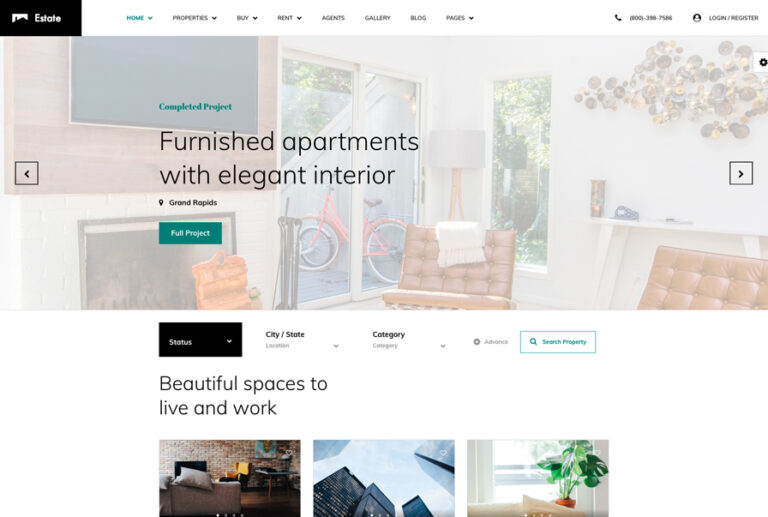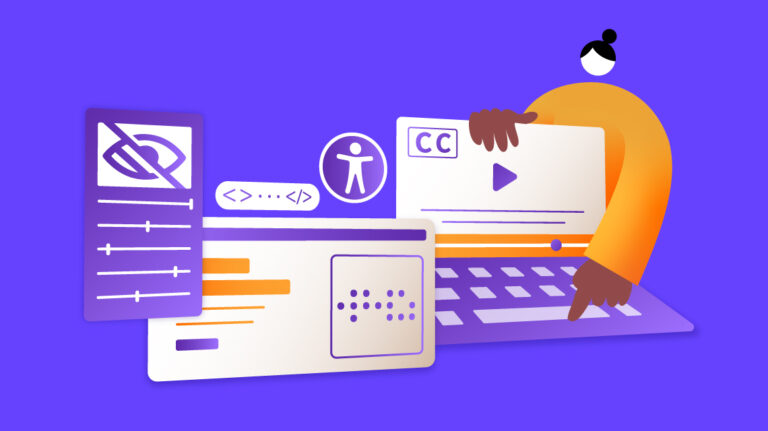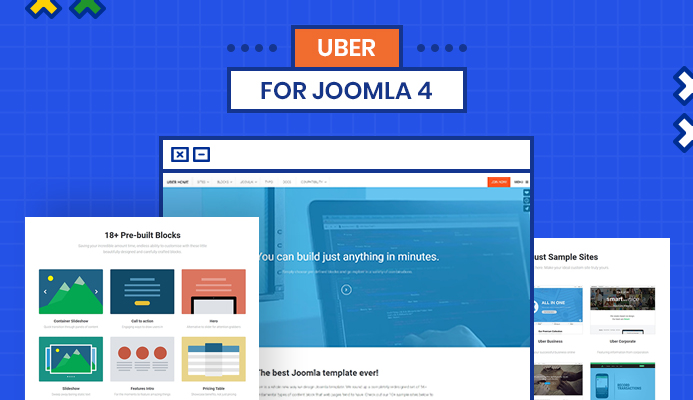
You took the time to plan and develop your Joomla site carefully, and now it’s showtime! But is your website launch-ready? Launching a website can be daunting if you don’t know what to check before the world is ready to see your site.
It can be baffling to think of all the tests that need to be run before a website can be considered launch-ready. Today, we will make things a little easier as we discuss the must-run tests before launching a Joomla site. All you need is a well-crafted website and this checklist.
Ready? Let’s jump right in!
Update Your Website’s Favicon
Favicon is your website logo that appears next to the site’s title on your browser tab. Usually, this is the logo of your brand. This way, visitors can quickly notice your website when they have many tabs opened in a browser. Setting up your site’s favicon is an easy task but often slips out of our minds.
All you have to do is create a 16×16 image of your logo and convert it to ico format using any online free tool. Copy the file to the /joomla/templates/<your template> directory and name it favicon.ico, and it should show up in the browser. For a detailed guideline, visit HERE.
Remove Unused Extensions and Plugins
Extensions and plugins are great. They let you add almost any functionalities you want to your Joomla site. And you probably have played around with quite a few of them in the development phase. But there’s no reason to keep them if you’ve decided not to use them.
Give a final check and remove all unused plugins and extensions before launching your site. Otherwise, they will bloat your site, slow the load time, and make your Joomla site prone to vulnerabilities.
Harden The Security
Don’t let misconfiguration, lousy hosting, or vulnerable integrations be the reasons your precious site is prone to hacking. Before your site goes live, make sure you have taken care of the following:
Secure login with a strong password: Use a secure password generator to create and manage passwords for your Joomla site. Don’t forget to enable 2-factor authentication to harden the security further.
Remove unreliable integrations: Don’t settle for unreliable extensions no matter how tempted you are. They can expose serious vulnerabilities to your Joomla admin.
Use reliable hosting: Ensure to check security measures and monitor their server network before choosing a hosting provider.
Set Up Google Analytics
Google Analytics lets you know your traffic sources, keyword volume, top content, etc. and will give you an insight into your website performance.
You’ll want to have Google Analytics installed on your Joomla site from the get-go so that you can understand the site visitors right away and optimize things accordingly.
SEO and Meta Descriptions
SEO and Meta descriptions increase your organic click-through rate and help you rank in the search engine. You can set global metadata in your Joomla site from the System > Global Configuration > Site tab and write your description under Meta-Data.
However, this will create the same description for every page, so you are encouraged to set unique metadata for every page. For instance, in Article Manager, you will find the Meta Description field under the Publishing tab for every article. Similarly, in the Menu Manager, you will find it under the Metadata Options.
Check Mobile Friendliness
As more and more people are accessing the internet on mobile devices, you have to make sure your site performs well on all devices. You can easily do the mobile-friendly test online.
The fastest way to check is to perform a Google Mobile-Friendly Test. Type in the full URL of the web page, and it will typically take less than 5 minutes to run. So please do it!
Test Form Submissions
Create and test all your website forms before the site goes live. You can send a few test form submissions to ensure they are working as expected. Here’s an essential checklist to follow while testing your forms:
- The form is well instructed and indicates a clear purpose
- Test if the form validation is working properly
- Form notification emails are delivered successfully
- See if all the conditional logic is working properly
Check Order and Payment Process
If your website sells products or services, you need to review the checkout and order process before it takes actual orders. Create a test order and check everything works as intended.
You should also test each payment method that is available on the website. Perform functional, integration, performance, and security testing to provide a seamless shopping experience to the users.
Set Up Backups
Backups can be a lifesaver! If anything goes wrong, backups can prevent data loss and protect against unwanted damages.
Your hosting provider should set up a backup solution by default. However, you are encouraged to use third-party integration like Akeeba Backup to take regular backups of your site and know how to restore your site from backup.
Create a Custom 404 Page
You have no control over a misspelled URL, but how about turning this negative experience into a positive one? A custom 404 error page can reduce the bounce rate, keep people engaged, maintain consistent branding across your site, and guide the lost visitor to your site. After all, every visitor is important in the initial growing phase of your website.
Learn how to create a custom 404 page for your Joomla site and better prepare your site for the launch.
Check For Broken Links
Checking for broken links is crucial as we often change links and pages in the development phase. Broken links are basically dead links that users can’t access for various reasons.
Here’s how you can check and resolve any broken links you might have on your site.
- Check Google crawl errors
- Use 301 redirect
- Leave as a 404
- Recreate and replace the content at the broken URL
Review URL Mapping
This one applies if you are redesigning your website. Once you’re done revamping your site, review the URL map to guarantee the redirects will be correct when the site launches.
URL mapping will ensure a seamless transition from the old site to the new site and is also beneficial for search engines to transfer SEO equity from the old pages to the new pages.
SSL and HTTPS
Would you still browse a website if your browser warned you about the site not being secure? You already know the importance of securing your site using an SSL certificate, and in 2021, it is an out-and-out necessity. From improving customer trust, search engine ranking, data protection, SSL does so much for you. So don’t forget to activate SSL and enable HTTPS on your Joomla site.
Set Up Your Privacy Policy
If you haven’t set up a privacy policy page for your site, it’s a reminder to write one. It would be best if you made an effort to craft an easy-to-understand and accurate document. Also, if your business is based in the EU or you are doing any transaction with EU citizens, your privacy policy should comply with GDPR.
Validate Your Website
Apart from the tests mentioned above, here are some of the must-run tests that you should perform to ensure a smooth users experience.
Google PageSpeed Test: Who doesn’t get frustrated with slow sites? Test where your PageSpeed stands and take necessary actions to improve it.
Check Browser Compatibility: Ensure the website pages are cross-browser and device compatible. They should look good and function properly in as many browsers and on as many devices as possible.
Grammar and Spellings: Do you want your site to look silly? If no, then give a final check to the content to make sure it is free of any grammatical and spelling errors.
Wrapping Up
You can easily miss the sheer number of seemingly minor details before launching a website. That’s why it’s always nice to have a checklist. Do you have a checklist of your own? Feel free to share with us in the comments.
Congratulations if you have come this far! You are now ready to introduce your site to the world. Go ahead and launch your website. Good luck!






